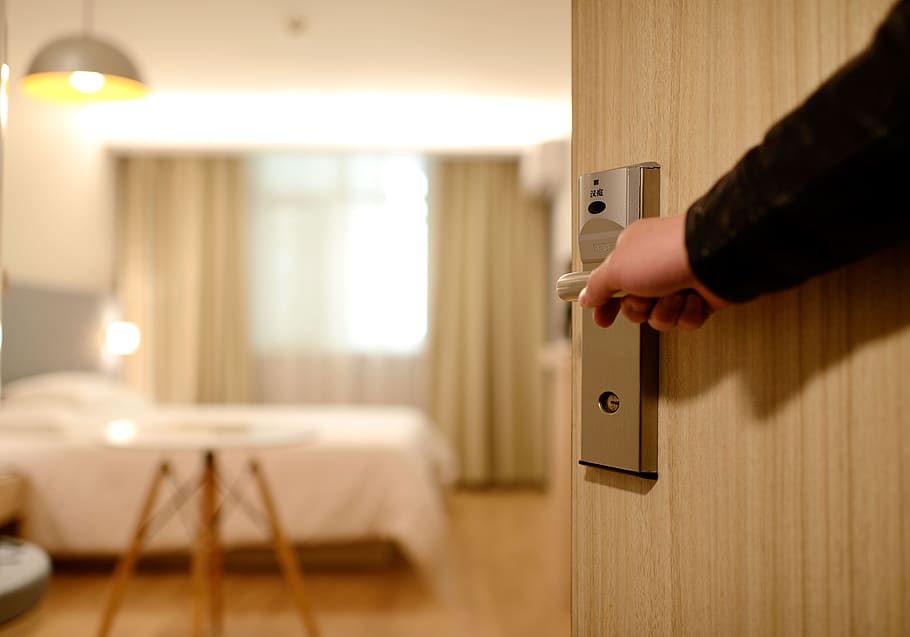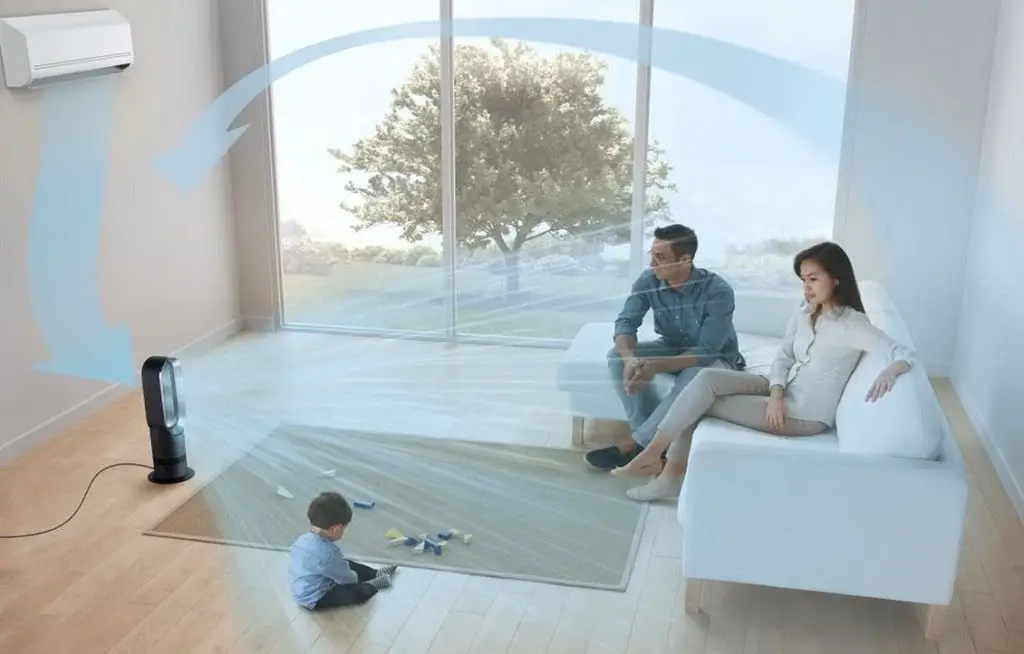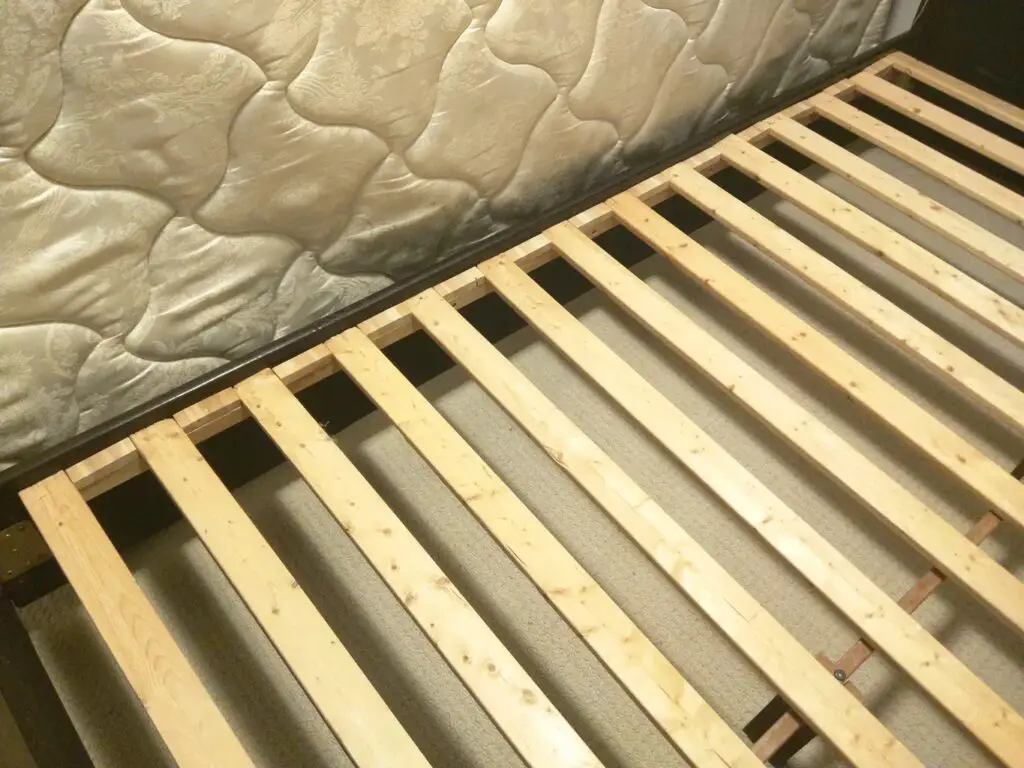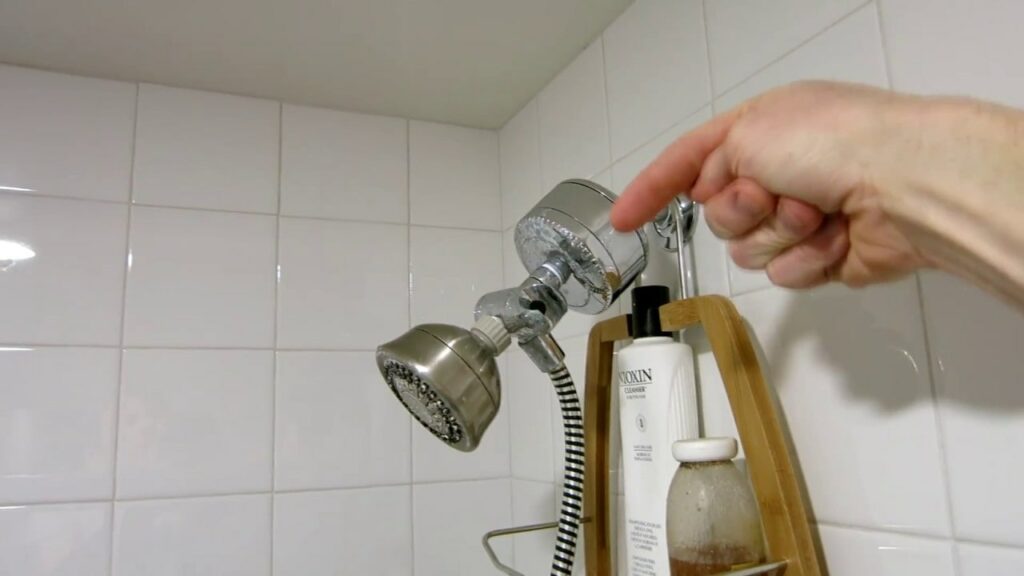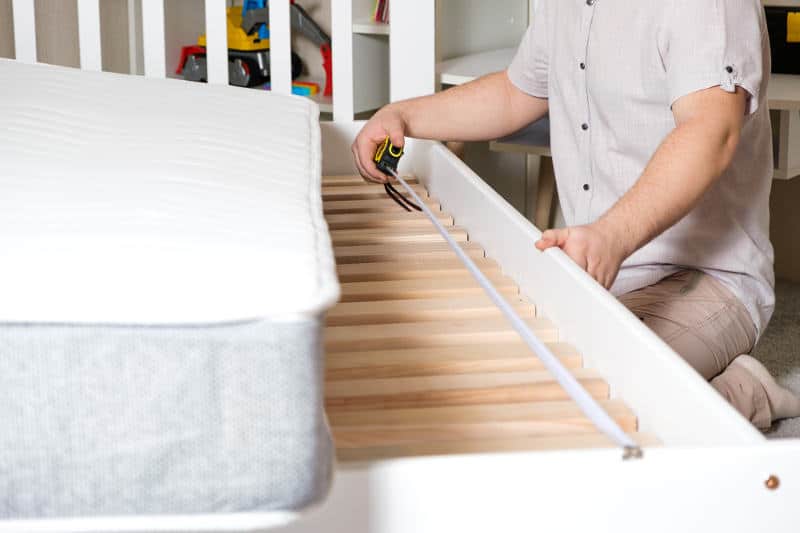The aesthetics of your patio or garden can be improved practically by adding a piece of metal patio furniture, but the issue with wrought iron and other metals is that they require constant upkeep to remove rust.
You’ll need to put in a lot of effort to maintain the cleanliness of your metallic outdoor furniture specified Britain’s predominately humid climate.
Once rust begins to form on metal objects, most people turn to drastic measures and others give up and contact the experts.
As you’ll see, handling such a problem isn’t as difficult as it would seem. All you need is a small bit of time and a few common household goods.
Today, we’ll look at ways to get rust out of metal chairs, table frames, umbrellas, and other furniture.
Stainless steel, wrought iron, cast iron, and other metals may all be cleaned using these do-it-yourself techniques, regardless of how bad the rust is already.
What DIY Techniques Work to Get Rust Off Metal Furniture?
Most issues can be resolved using the fundamental resources.
So, let’s start by concentrating on DIY methods you can employ to remove rust and dirt buildup.
You won’t need to use drastic measures if you put in a little effort and have a little luck.
7 Ways to Remove Rust Stains from Metal Outdoor Furniture:
Step 1. Use baking soda:
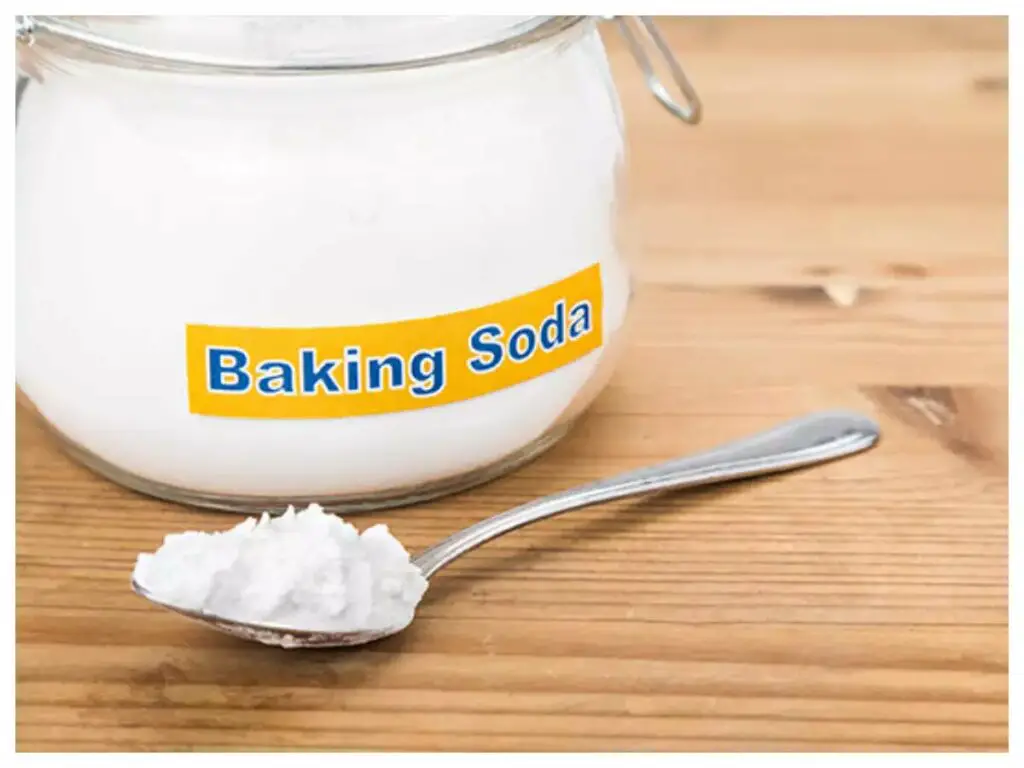
Baking soda is a typical chemical ingredient that is present in almost every home, it is very effective at eliminating rust from metal surfaces.
Simply remove a thin layer of the moist baking soda and water mixture.
Mix baking soda with water or hydrogen peroxide to create a thick paste (for hard rust).
Apply this acidic solution to the corroded metal surface using a cleaning cloth or pad.
Give it 15 to 20 minutes to sit.
Scrape the area with an abrasive or scrubber once the rust flakes have been removed.
You might need to repeat the process twice depending on the rust.
This easy method works wonders to remove rust from patio furniture, garden tools, and any other metal surface.
Step 2. Use white vinegar:

Vinegar is well-known as a natural cleaner and a home cure because of its acidic and antibacterial qualities.
A dash of salt can be added to the mixture to increase the acidity and produce a stronger rust-cleaning solution.
Vinegar may be used to clean practically anything in your house, not only metal.
Each piece of metal patio furniture needs to be rinsed with vinegar and left to soak for at least ten minutes to remove rust.
Afterward, using a scrubber and rag, remove the rust along the dissolved area.
The acid can also be neutralized with baking soda.
You can quickly remove rust from stainless steel, cast iron, and wrought iron furnishings using this straightforward technique.
Step 3. Drink Coca-Cola:
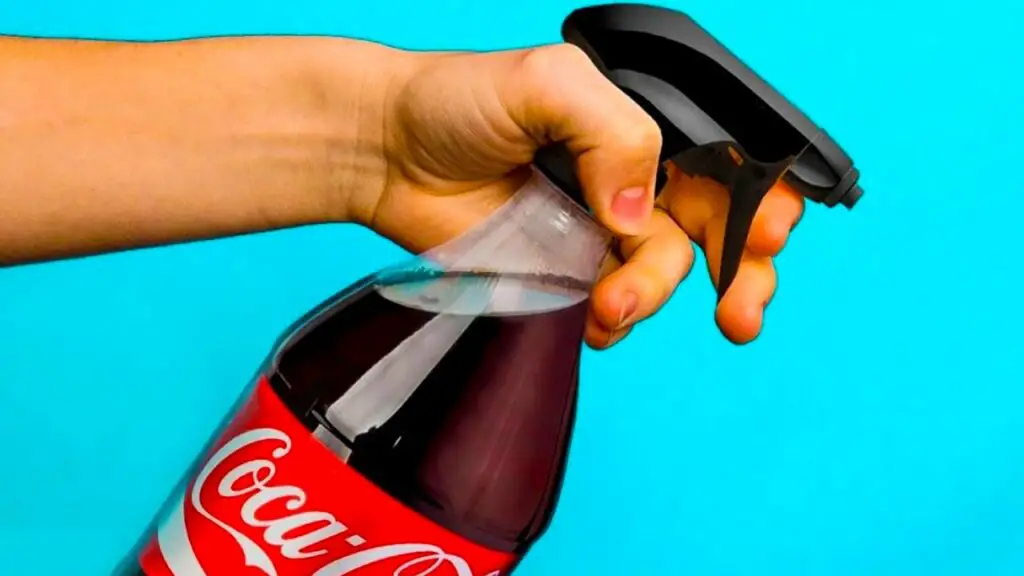
Rust spots on metal furniture can be removed with your favourite cold beverage.
Coca-carbonation Cola’s features make it ideal for dissolving metal oxide.
Due to this, it works well as a cleaning solution to remove those difficult rust stains from your patio furniture.
Simply pour Coca-Cola on the rusty area, and then wipe it down with a soft cloth or sponge to clean it.
Just be sure to fully wash your hands when the task is completed to avoid getting drunk on your clothing.
Step 4. Make use of potatoes:
Oxalic acid, which is found in potatoes, helps dissolve rust.
It can be applied on metal to get rid of soiled, reddish spots.
Split a potato in half, sprinkle some salt or dish soap on the surface, and rub it on the rusty region to initiate a chemical reaction that will weaken the rust.
Later, you can use a piece of cloth to clean it.
If you have some rust on a pair of scissors or pliers, you can apply this technique as well.
Step 5. Combine salt and lemon:

Using lemon and a lot of salt is another homemade approach for removing rust from metal surfaces.
While citric acid in lemons causes a chemical reaction that aids in removing even tough rust stains, salt works as an abrasive.
With this technique, you may either squeeze a lemon into a bowl with a little salt and apply the mixture to damaged regions or utilize each lemon individually.
After a few hours, you can finally scrub it off to restore the shine.
Rust stains on clothing can also be removed with this technique.
Step 6. Make use of aluminium foil:

Despite the fact that everyone uses aluminium foil, very few people are aware of its potential application in dedusting iron and stainless steel.
Rust and aluminium interact to form a substance that is easily scrubbable.
You must prepare a saltwater solution or a cold beverage. Apply the aluminium foil ball to the corroded surface after dipping it in the solution.
This aids in removing any remaining rust, which may then be cleaned with a towel. To regain the shiny appearance, you must repeat the procedure several times.
Aluminium’s softer form and makeup make it ideal for rust removal from chrome.
Step 7. Apply a gentle cleaning agent:

Wipe the early stains and wear indicators before they pose a problem to get rid of rust, which is another straightforward method. A cleaning solution and a rag are all you need.
Apply the substance to the rusty surface gently using a cloth or a spray bottle. Now thoroughly clean the entire surface.
Rubbing continuously will cause the brownish-red rust streaks to gradually fade away. Dry out all wet areas completely to remove every last drop of water. It will prevent rust on your metal furnishings.
These are some quick, DIY techniques for dedusting metal furniture.
The rust on garden equipment and other metal surfaces that come into touch with water can also be removed using these techniques.
If you keep these common chemicals at home, you never have to worry about metal surface rusting.
How can furniture be kept from rusting?
Rust develops naturally over time, destroying the aesthetic appeal of outdoor furniture.
There are a few preventive measures you may take to reduce the pace of rust production.
- To keep it dry and safeguard it from moisture, cover your patio furniture while not in use. You might also store it inside, perhaps in your garage or a shed, if you have the room.
- Furniture that is made of metal should be dried off to avoid the risk of rusting. Regularly wipe the furniture off with a clean, dry towel, especially during wet weather.
- Use paste wax that resists rust: Apply a thin coating of paste wax, paint, grease, or oil as a water-repellent layer to prevent rust; cover the exposed metal with covers to shield it from rain and strong sunlight.
Also read: What is a Screen Door?
FAQ- How to Remove Rust from Metal Furniture:
Simply combine a cup of white vinegar with a teaspoon of salt, then apply the solution to the rusty area.
Leave for at least 15 minutes before using a cloth or scouring pad for tougher stains to remove the rust.
After removal, make sure to clean and dry the area.
WD-40 can be used to eliminate rust off iron, chromium, and stainless steel without endangering the metal’s surface or removing the paint.
A lot of surface rust can be easily and effectively removed using the Multi-Use Product.
Using the water and baking soda to make a thick paste, treat the metal with it, making sure to completely cover any rusty spots.
Allow the paste to dry on the item for about an hour.
To remove the rust, scrub the item with steel wool or a wire brush.
After thoroughly rinsing it off with water, dry the paste entirely.
Also read: How To Remove a Sliding Glass Door?
Conclusion:
No matter which suggestions you use, never forget that after getting rid of the rust, your task is just halfway done.
The furniture should then be primed and painted with high-quality paint to prevent further rust from developing.
Use a top-notch topcoat to round out the entire procedure.
Rust will have a difficult time corroding and eating away at the metal because there are so many layers present.
But if it does, you now know nine ways to stop it.

